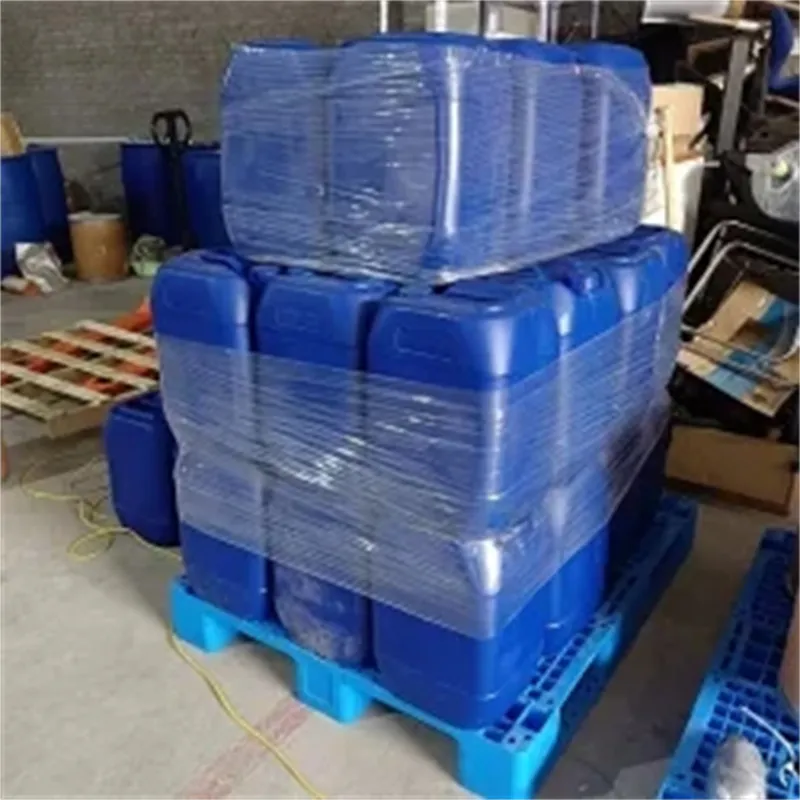Warning: Undefined array key "title" in /home/www/wwwroot/HTML/www.exportstart.com/wp-content/themes/1198/header.php on line 6
Warning: Undefined array key "file" in /home/www/wwwroot/HTML/www.exportstart.com/wp-content/themes/1198/header.php on line 7
Warning: Undefined array key "title" in /home/www/wwwroot/HTML/www.exportstart.com/wp-content/themes/1198/header.php on line 7
Warning: Undefined array key "title" in /home/www/wwwroot/HTML/www.exportstart.com/wp-content/themes/1198/header.php on line 7
- Afrikaans
- Albanian
- Amharic
- Arabic
- Armenian
- Azerbaijani
- Basque
- Belarusian
- Bengali
- Bosnian
- Bulgarian
- Catalan
- Cebuano
- China
- China (Taiwan)
- Corsican
- Croatian
- Czech
- Danish
- Dutch
- English
- Esperanto
- Estonian
- Finnish
- French
- Frisian
- Galician
- Georgian
- German
- Greek
- Gujarati
- Haitian Creole
- hausa
- hawaiian
- Hebrew
- Hindi
- Miao
- Hungarian
- Icelandic
- igbo
- Indonesian
- irish
- Italian
- Japanese
- Javanese
- Kannada
- kazakh
- Khmer
- Rwandese
- Korean
- Kurdish
- Kyrgyz
- Lao
- Latin
- Latvian
- Lithuanian
- Luxembourgish
- Macedonian
- Malgashi
- Malay
- Malayalam
- Maltese
- Maori
- Marathi
- Mongolian
- Myanmar
- Nepali
- Norwegian
- Norwegian
- Occitan
- Pashto
- Persian
- Polish
- Portuguese
- Punjabi
- Romanian
- Russian
- Samoan
- Scottish Gaelic
- Serbian
- Sesotho
- Shona
- Sindhi
- Sinhala
- Slovak
- Slovenian
- Somali
- Spanish
- Sundanese
- Swahili
- Swedish
- Tagalog
- Tajik
- Tamil
- Tatar
- Telugu
- Thai
- Turkish
- Turkmen
- Ukrainian
- Urdu
- Uighur
- Uzbek
- Vietnamese
- Welsh
- Bantu
- Yiddish
- Yoruba
- Zulu
ნოე . 11, 2024 18:48 Back to list
understanding the origin and production process of xanthan
Understanding the Origin and Production Process of Xanthan
Xanthan gum is a polysaccharide that has gained significant importance in various industries, particularly in food production, pharmaceuticals, and cosmetics. Its origins trace back to the fermentation process involving the bacterium *Xanthomonas campestris*, which is known for its role in plant diseases. Understanding the source and production processes of xanthan provides insight into its multifaceted applications and benefits.
The journey of xanthan gum begins with *Xanthomonas campestris*, a gram-negative bacterium that thrives in plant sap. Discovered in the 1950s, this bacterium is notable for its ability to produce a thick, viscous slime—xanthan gum—when it metabolizes sugars. The natural substrates for xanthan production include a variety of carbohydrates, such as glucose or sucrose, derived from agricultural products.
The commercial production of xanthan gum typically follows a series of well-defined steps. Initially, the bacterium is cultured in a controlled fermentation environment. This involves preparing a nutrient-rich medium containing the necessary sugars, nitrogen sources, and minerals that support bacterial growth. The fermentation process usually takes place in large bioreactors under controlled conditions of temperature, pH, and aeration to optimize the growth of *Xanthomonas campestris*.
As the bacteria multiply, they secrete xanthan gum into the medium. The fermentation period can vary from a few days to a week, depending on the strain used and the desired concentration of xanthan. Once the fermentation is complete, the xanthan gum is precipitated out of the solution. This is typically accomplished by adding an alcohol, such as isopropanol, which causes the xanthan to form a gel-like substance that can be easily extracted.
understanding the origin and production process of xanthan

Following extraction, the xanthan gum undergoes several purification and drying steps to remove impurities and residual nutrients. The purified xanthan is then processed into a powdered form that can be easily incorporated into various products. Its unique properties—such as thickening, stabilizing, and emulsifying—make it a valuable ingredient across many sectors.
One of the most appealing aspects of xanthan gum is its versatility. In the food industry, it serves as a thickening agent in sauces, dressings, and dairy products, enhancing texture and mouthfeel without significantly altering flavor. Xanthan gum is particularly beneficial for gluten-free baking, as it mimics the structural properties of gluten, helping to bind ingredients together and improve the texture of baked goods.
In the pharmaceutical realm, xanthan gum is utilized as a suspending agent in liquid formulations and as a binder in solid dosage forms. Its ability to maintain viscosity under varying conditions ensures that active ingredients remain evenly distributed throughout the product. Additionally, in cosmetics, xanthan gum can be found in lotions, creams, and shampoos due to its emulsifying properties, contributing to the stability and performance of these formulations.
In conclusion, xanthan gum is a fascinating example of how nature can provide multifunctional compounds through biotechnological processes. Its production—from the culture of *Xanthomonas campestris* to the final powdered product—illustrates the intersection of microbiology, chemical engineering, and food science. The wide-ranging applications of xanthan gum demonstrate its significance in modern industries and emphasize the importance of understanding both its origins and production methods for continued innovation and utilization.
Latest news
-
Certifications for Vegetarian and Xanthan Gum Vegetarian
NewsJun.17,2025
-
Sustainability Trends Reshaping the SLES N70 Market
NewsJun.17,2025
-
Propylene Glycol Use in Vaccines: Balancing Function and Perception
NewsJun.17,2025
-
Petroleum Jelly in Skincare: Balancing Benefits and Backlash
NewsJun.17,2025
-
Energy Price Volatility and Ripple Effect on Caprolactam Markets
NewsJun.17,2025
-
Spectroscopic Techniques for Adipic Acid Molecular Weight
NewsJun.17,2025

